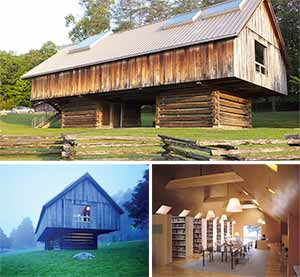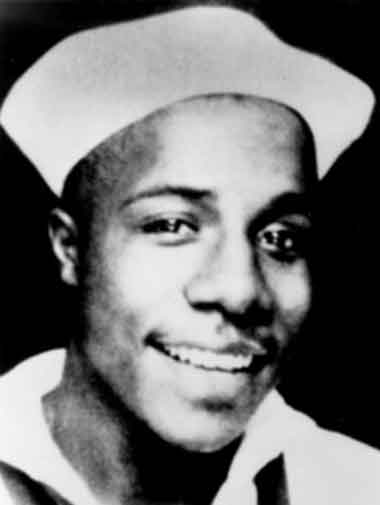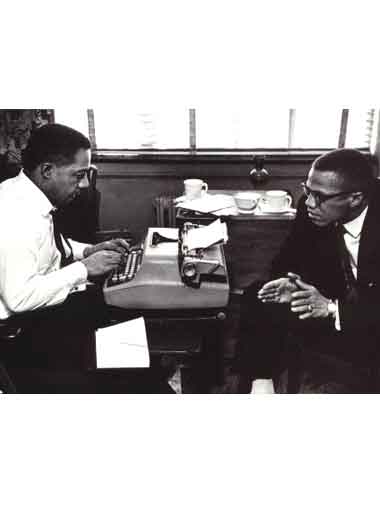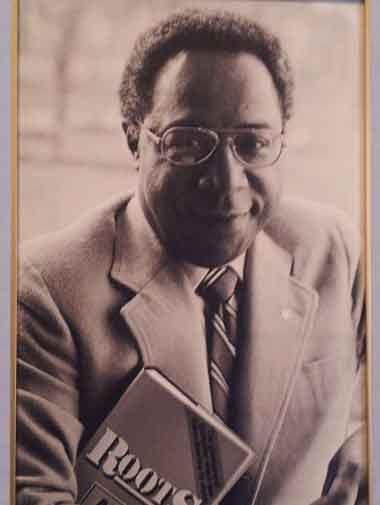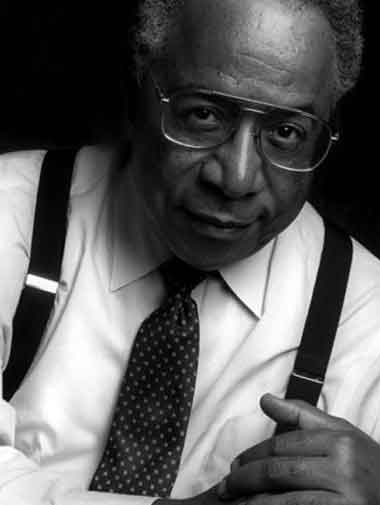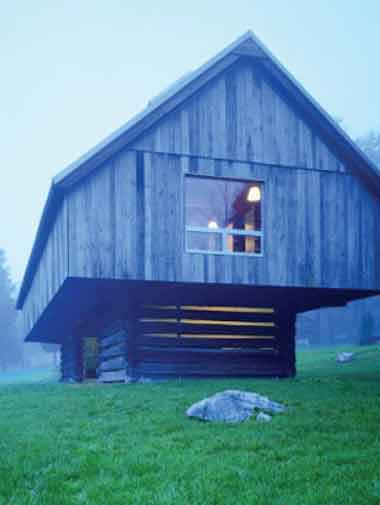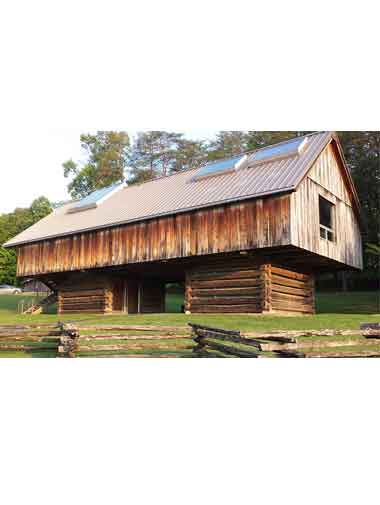
Famous for Let Us Now Praise Famous Men (1941) and A Death in the Family (1957), James Agee was born in Knoxville in November of 1909.
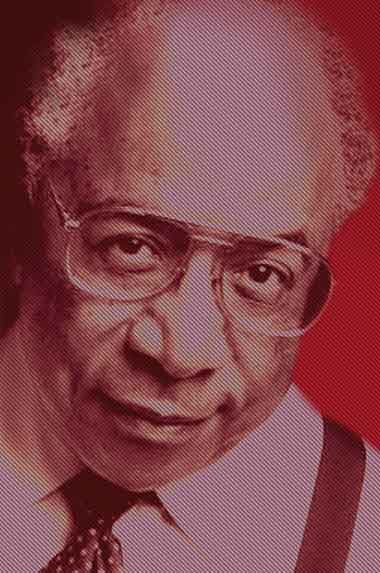
Alex Haley is most famous for The Autobiography of Malcolm X (1965) and for Roots: The Saga of an American Family (1976). He first came to Knoxville to speak at the 1982 World’s Fair.

Nikki Giovanni was born in Knoxville in 1943. Though she moved soon after, she often visited her grandmother at 400 Mulvaney St. Poem “Knoxville, Tennessee” is contained in her first book Black Feeling Black Talk.

In 1937, at age four, Cormac McCarthy moved to Knoxville with his family where he would spend more than 30 years of his life. His novel Suttree (1992) is a famous look at life in Knoxville circa 1950.
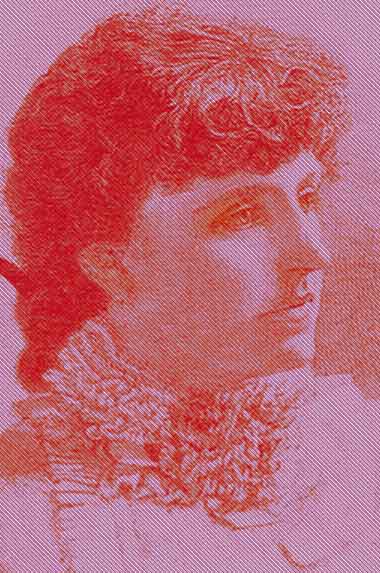
Born in Manchester, England on November 24, 1849, Frances Hodgson Burnett moved to Tennessee at age fifteen. She is most famous for her book The Secret Garden.
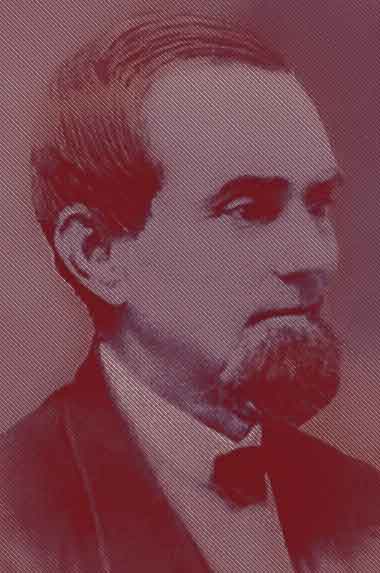
Born on March 20th, 1814 in Allegheny City, Pennsylvania, George Washington Harris moved to Knoxville at five years old. His most famous character is Sut Lovingood.

Famous for Let Us Now Praise Famous Men (1941) and A Death in the Family (1957), James Agee was born in Knoxville in November of 1909.

Alex Haley is most famous for The Autobiography of Malcolm X (1965) and for Roots: The Saga of an American Family (1976). He first came to Knoxville to speak at the 1982 World’s Fair.

Nikki Giovanni was born in Knoxville in 1943. Though she moved soon after, she often visited her grandmother at 400 Mulvaney St. Poem “Knoxville, Tennessee” is contained in her first book Black Feeling Black Talk.

In 1937, at age four, Cormac McCarthy moved to Knoxville with his family where he would spend more than 30 years of his life. His novel Suttree (1992) is a famous look at life in Knoxville circa 1950.

Born in Manchester, England on November 24, 1849, Frances Hodgson Burnett moved to Tennessee at age fifteen. She is most famous for her book The Secret Garden.

Born on March 20th, 1814 in Allegheny City, Pennsylvania, George Washington Harris moved to Knoxville at five years old. His most famous character is Sut Lovingood.


